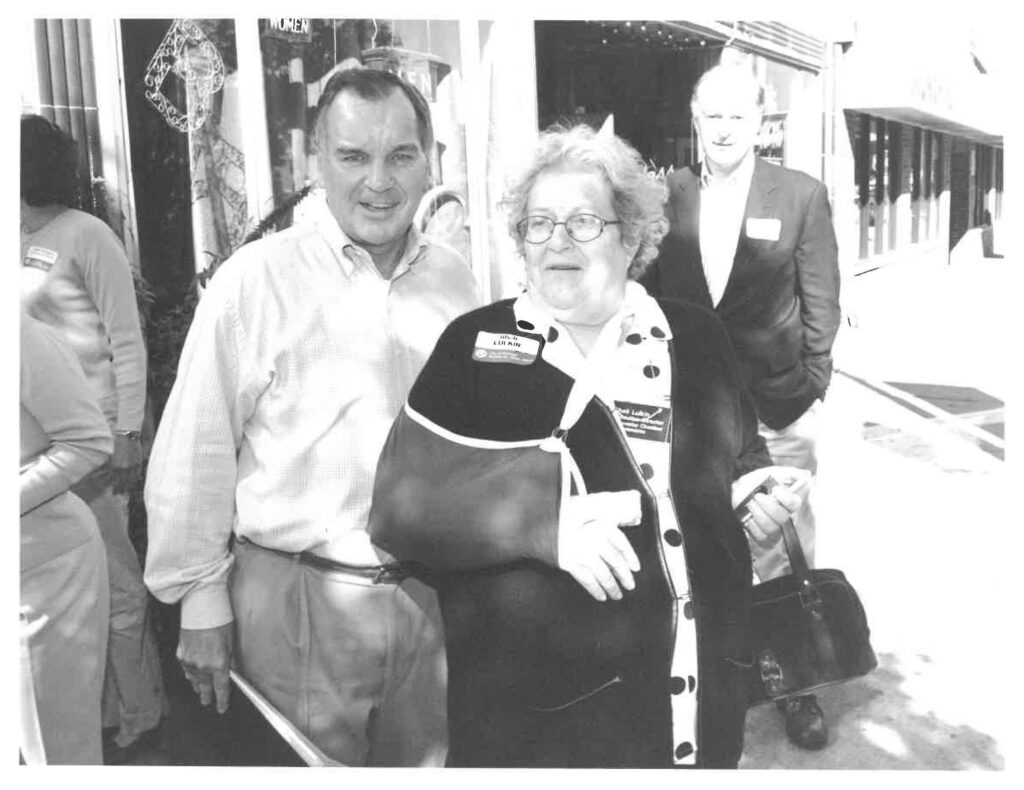The Women and Leadership Archives hold the papers of Sheli Lulkin, a long-time organizer in Chicago’s northern neighborhoods. Lulkin moved to the Edgewater neighborhood in the late 1970s to pursue a doctorate in political science from Loyola University Chicago. She completed her coursework, but before finishing her dissertation she began community engagement within her condominium and around pressing issues in Edgewater. The first issue that she dedicated major time and effort to was the potential sale of land in Rosehill Cemetery.

In the Ravenswood neighborhood of Chicago is historic Rosehill Cemetery, located about a mile and a half southwest of Loyola. Rosehill was first established in 1859 as Chicago officials moved burials outside of city limits. Initial formal cemeteries in Chicago, established in the 1830s, were within city limits, but concerns with health and sanitation worsened by flooding and improper drainage ended municipal burials by the end of the Civil War. Bodies buried in modern-day Lincoln Park were moved to Rosehill Cemetery in the then-village of Lakeview. Chicago’s northern border grew over time to encapsulate the land, and today Rosehill is the largest cemetery in the city. It is also one of the oldest cemeteries in the city; early burial records no longer exist as they were stored in a Loop office and destroyed during the Great Chicago Fire. Those who did have to reinter their loved ones in Rosehill in the 1860s were anxious about further disturbances. These worries were soothed by the language of the cemetery’s charter, which asserted that the land was dedicated exclusively for burials in perpetuity.
Continue reading